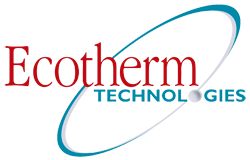 |
Cosine Receptors collect light with an 180o field of view using demountable diffusers with ~10% loss. A perfect cosine response provides accurate absolute intensity when multiple lights are measured at the same time.
|
|
|
|
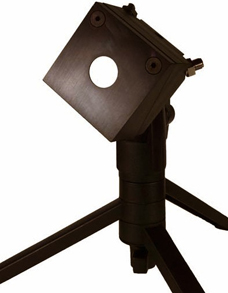 |
IC2 is a 2” cube with internal integrating sphere. It has a 5/8” input port, internal reflective coating, and SMA fiber optic output. The additional SMA input can be used for reflectance illumination.
|
 |
IS6 is a 6” diameter integrating sphere with a 2” input port, internal reflective coating, baffle system, and SMA fiber optic output. Great for high intensity light level applications, LED arrays and much more.
|
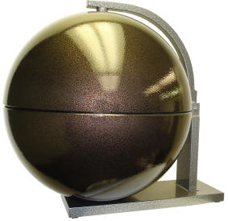 |
LS12 is a 12” integrating sphere that opens to allows for simple internal mounting of devices for light measurement such as discrete LEDs, arrays, and more. A tungsten halogen bulb and data file are included for system calibration using the SpectraWiz® radiometer software.
|
|
|
|
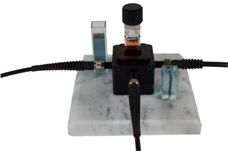 |
IC2 is a 2” cube with internal integrating sphere. It has a 5/8” input port, internal reflective coating, and SMA fiber optic output. The additional SMA input can be used for reflectance illumination.
|
|
|
|
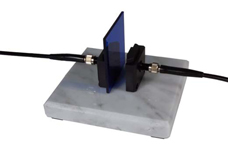 |
|
|
|
|
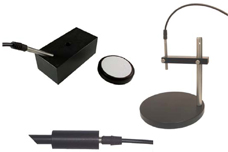 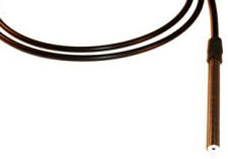 |
The Reflectance Probe has 6 illuminating fibers and 1 read fiber bundled together using 400 micron fibers. As an option, the 2R probe has 5 illuminating fibers and 2 read fibers. All fibers are 400μm.
|
|
|
|
  |
|
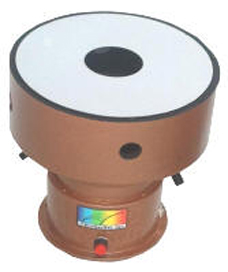 |
|
|
|
|
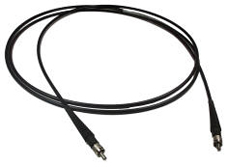 |
Single strand, multimode fiber optic cables are available with SMA905 connectors, 1⁄4 inch dia. steel mono-coil armor with black PVC jacket. Sizes include 400, 600, or 1000μm core diameters
Specialty fibers available for various applications. Y-cables to couple 2 spectrometer systems, Y-bundled cables to couple 2 light sources, 1 to 3 splitter cables, and all types of custom fibers to meet your application.
|
|
|
|
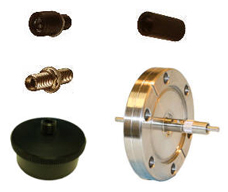 |
|
|
|
|
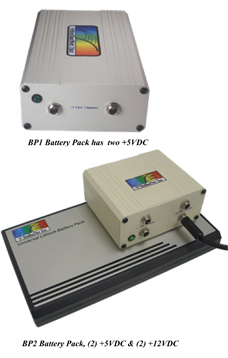 |
|
|
|
|
